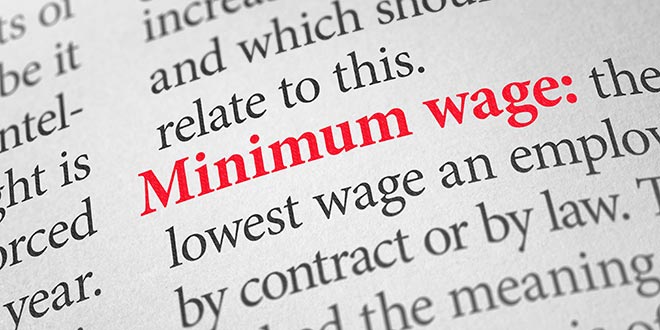Since California and New York approved minimum wage increases this month, minimum wage is fresh on business owners’ minds.
But increases–even up to a $15 base wage–aren’t cause for intense anxiety, says Gina Schaefer, who owns A Few Cool Hardware Stores’ 11 locations in Washington, D.C., Baltimore and Alexandria, Virginia.
Wage hikes usually phase in over three years, at minimum, giving small business owners time to assess how they’re operating and make sure they’re diligently keeping their costs low and their sales growing ahead of increases, she says.
“Don’t panic; Plan,” Schaefer says.
Retailers have time to prepare for wage increases, so they need to use those years to get ready, she says.
“I think it will be challenging for a lot of businesses, for sure,” Schaefer says. But she increased wages two years ago ahead of a 2016 change to $11.50 per hour in Washington, D.C., and she knows businesses like hers can do it again.
“We weren’t running from it, and it was a big, scary number,” she says. “It’s made me sharpen my pencil and be a better retailer.”
Making sure you’re using retailing best practices to improve the profitability of your business won’t change the fact that you will spend more on payroll when minimum wage increases.
But if you plan ahead, you will be ready when the changes phase in and your employees won’t have to fear for their jobs, Schaefer says.
“It’s not going to be cheap, but if you figure out a way to work it into a regular plan, it should not destroy your business,” she says.
Schaefer suggests these steps to prepare for wage increases:
- Look at back office practices to see where you can become more efficient with spending time and money. For example, rebid services, such as trash collection, or digitize documents. If you reduce paper mailings, you can cut costs such as postage and the expense of staff hours spent stuffing envelopes.
- Use attrition to save on payroll expenses without hurting staff morale.
- Double check your pricing and, if you don’t already, use variable pricing to improve your profit margin.
- Talk to your vendors about opportunities to increase your margins.
- Do a self audit and make sure you’re not selling any products below cost.
- You may have learned to run a leaner operation to survive the Great Recession, but revisit some of your practices and make sure you haven’t gotten complacent in any areas since then.
- Constantly bring in new product lines and services. Don’t ever stop getting rid of dead inventory.
 Hardware Retailing The Industry's Source for Insights and Information
Hardware Retailing The Industry's Source for Insights and Information






